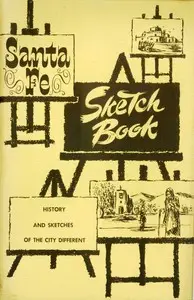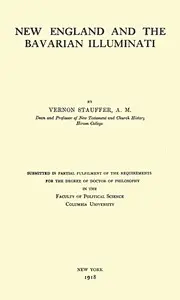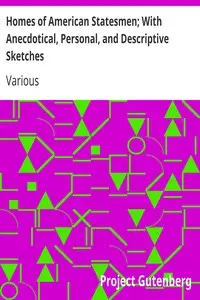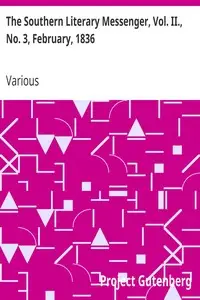"Maximilian, Prince of Wied's, Travels in the Interior of North America, 1832-1834, part 2" by Maximilian Wied, details an exploration of 19th-century North America, highlighting encounters with Native American tribes and capturing the essence of the continent's landscapes and societal norms. The story begins with insights into Fort Union during the summer of 1833, where the narrative showcases interactions among tribes like the Assiniboins and Crees, vividly portraying their cultural practices, attire, and the bustling trade activities at the fort. The author provides observations on the social dynamics, ceremonial traditions, and the ways of life of the Indigenous peoples, using the setting of the fort and interactions with various tribes as a launchpad into uncharted lands and cultural understanding.
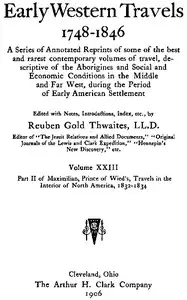
Maximilian, Prince of Wied's, Travels in the Interior of North America, 1832-1834, part 2
By Maximilian Wied
Venture into the early 1800s and explore untamed America, discovering the lives and customs of indigenous tribes amidst vast landscapes and bustling forts.
Summary
About the AuthorPrince Alexander Philipp Maximilian zu Wied-Neuwied was a German explorer, ethnologist and naturalist. He led a pioneering expedition to southeast Brazil between 1815 and 1817, from which the album Reise nach Brasilien, which first revealed to Europe real images of Brazilian Indians, was the ultimate result. It was translated into several languages and recognized as one of the greatest contributions to the European knowledge of Brazil at the beginning of the nineteenth century. In 1832 he embarked on another expedition, this time to the United States, together with the Swiss painter Karl Bodmer.
Prince Alexander Philipp Maximilian zu Wied-Neuwied was a German explorer, ethnologist and naturalist. He led a pioneering expedition to southeast Brazil between 1815 and 1817, from which the album Reise nach Brasilien, which first revealed to Europe real images of Brazilian Indians, was the ultimate result. It was translated into several languages and recognized as one of the greatest contributions to the European knowledge of Brazil at the beginning of the nineteenth century. In 1832 he embarked on another expedition, this time to the United States, together with the Swiss painter Karl Bodmer.

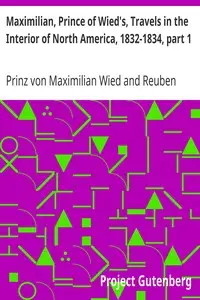
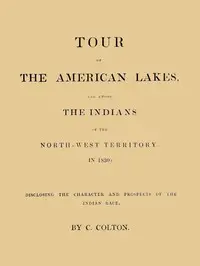
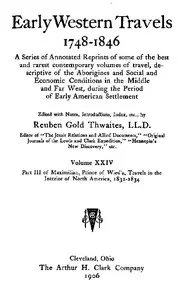
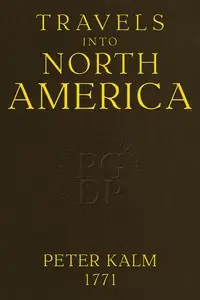

![Travels through the states of North America, and the provinces of Upper and Lower Canada, during the years 1795, 1796, and 1797 [Vol. 2 of 2] by Isaac Weld](https://cdn.a2-host.cloud/qQrUbKU820UDHO6xLC7NY7OdZ75aWJ_-oTEP2zaJuhU/rs:fill:215:325:0/g:ce/aHR0cHM6Ly9zcC1hc3NldHMuczMudXMtd2VzdC0wMDQuYmFja2JsYXplYjIuY29tL2Jvb2svNjU5ODEvVHJhdmVsc190aHJvdWdoX3RoZV9zdGF0ZXNfb2ZfTm9ydGhfQW1lcmljYV9hbmRfdGhlX3Byb3ZpbmNlc19vZl9VcHBlcl9hbmRfTG93ZXJfQ2FuYWRhX2R1cmluZ190aGVfeWVhcnNfMTc5NV8xNzk2X2FuZF8xNzk3X1ZvbF8yX29mXzJfY292ZXIuanBn.webp)
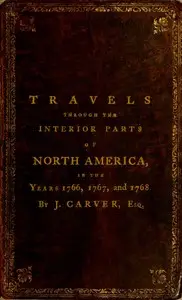

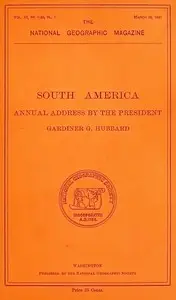
![Rocky Mountain National Park [Colorado] by United States. Department of the Interior](https://cdn.a2-host.cloud/eIt7f2I3CZheeRJBNEFaJu1v3F6RA9RRt8cXpHmdIP8/rs:fill:215:325:0/g:ce/aHR0cHM6Ly9zcC1hc3NldHMuczMudXMtd2VzdC0wMDQuYmFja2JsYXplYjIuY29tL2Jvb2svMzc5MTgvUm9ja3lfTW91bnRhaW5fTmF0aW9uYWxfUGFya19Db2xvcmFkb19jb3Zlci5qcGc.webp)
